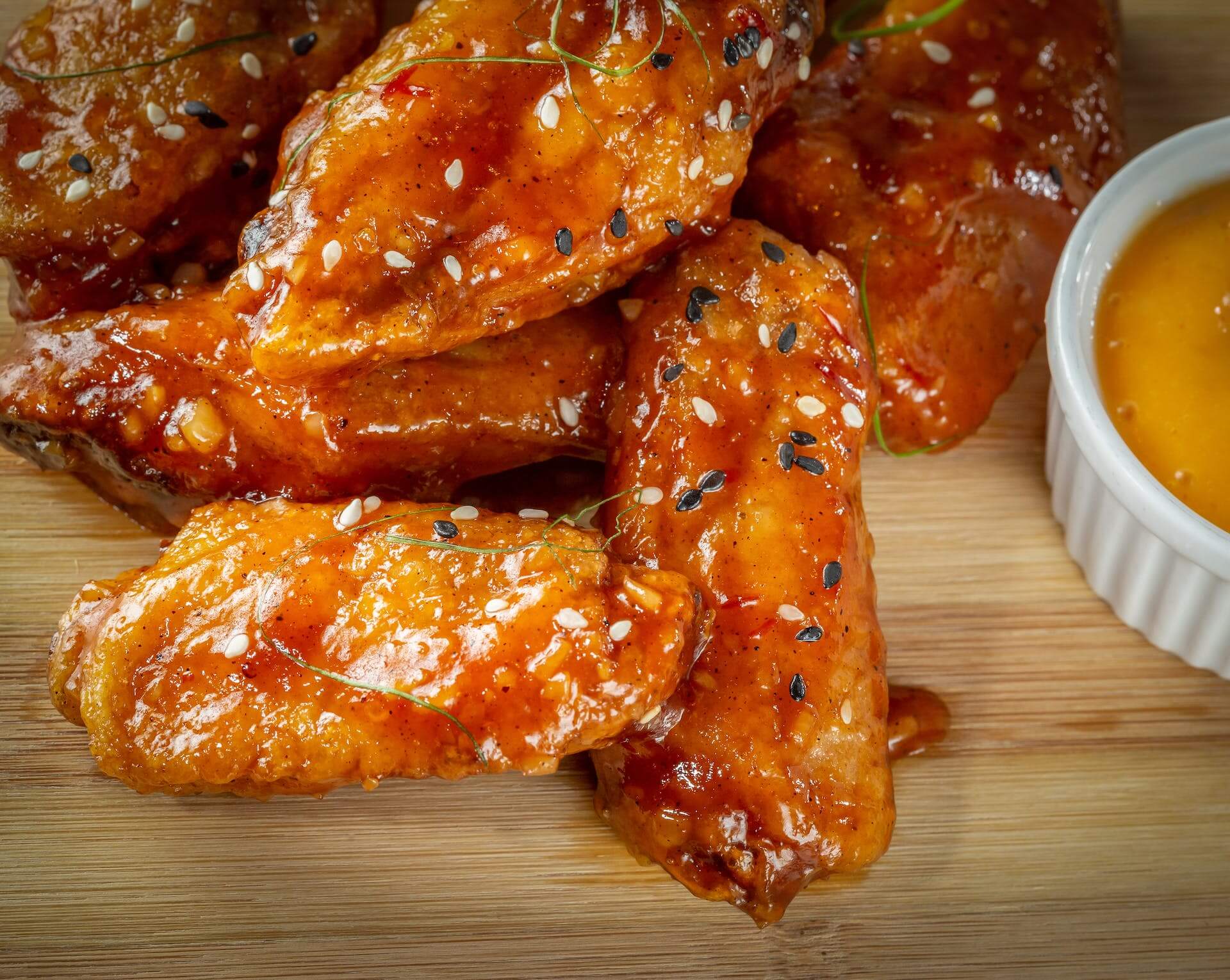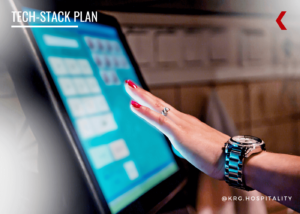Two New Review Platforms You Need to Know
by David Klemt

Operators should be aware of two new review platforms that will help people discover their restaurant, bar, nightclub, or eatertainment venue.
At this point, we’re all aware of the mainstream review sites. Google, Yelp, OpenTable, Tripadvisor… Whether viewed as a helpful discovery tool or nuisance, each is a well-known player.
Well, there are new platforms on the scene. Importantly, each one is putting their own stamp on how people review venues and discover new experiences.
For example, I wrote about a new platform that rejects negative reviews a few weeks ago. It’s Good “believe[s] a restaurant rec from 1 trusted friend is more valuable than recs from 10,000 strangers.”
The founders, including Kevin Auerbach (former Apple), Meghan Raab (former Snap), director and photographer Mike Rosenthal, and songwriter and performer John Legend, have also eschewed the standard star rating.
So, that’s one modern-day take on the review platform. Now, two others.
Atmosfy
By now, most people are aware that video content outperforms static photography on social media. In other words, people engage more with video.
That’s not to say that static photography is obsolete. Rather, when it comes to discovery, video appears to be king at the moment.
Enter: Atmosfy.
View this post on Instagram
This platform is all about video reviews. In fact, their website reads, “A video is worth a thousand pictures.” Restaurant, bar, nightlife, and eatertainment operators should see the value in users showing off their experiences via video.
In addition, users get access to a personal map. They can bookmark places they’ve been and want to go, and share their experiences so others can discover them.
And with $12 million in seed funding from Redpoint Ventures and other venture capital firms, operators can be certain this is no flash in the pan. In fact, Atmosfy supports in excess of one million businesses in over 10,000 cities in more than 150 countries.
Recs
First, the T-rex mascot of this platform is pretty cool.
Second, Recs takes a similar approach to It’s Good. However, the founders, Jesse Berns and Sean Conrad, have put their own spin on review platforms.
Like It’s Good, Recs sees far more value in recommendations from friends than strangers. Also, there’s no star rating system, nor will users find negative reviews.
View this post on Instagram
Another interesting detail: Users aren’t able to leave anonymous reviews. This is because Recs is built for recommendations among friends. Were a user to be anonymous, they wouldn’t be discoverable to friends, and therefore they’d be leaving recommendations to…nobody.
However, the most important element of Recs (arguably) is that users either recommend a place or they don’t.
So, in theory, if a business is blowing the guest experience, they won’t even be discoverable on Recs because nobody will be recommending it. At least to a specific core of users, that business won’t exist in their world on Recs.
As far as the Recs user experience, people save venues as “recommend” or “wanna go.” Users find their friends, share their lists, and discover new places to try by checking out their friends’ lists. A simple, straightforward way for people to eat, drink, and hang out together throughout a city.
Takeaway
Simply put, an operator needs to know how people are discovering their business. Operators need to meet guests where they are, which means online.
So, operators need to know about new platforms. When sending a post-visit survey—it doesn’t need to be lengthy—operators should ask how guests learned about their venue. This is one way to stay up to date on social media and review sites.
A comprehensive and effective marketing strategy includes review and discovery platforms. Certainly, operators ignore discovery tools at their peril.


















